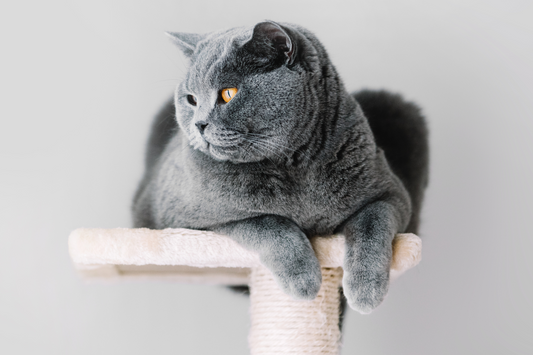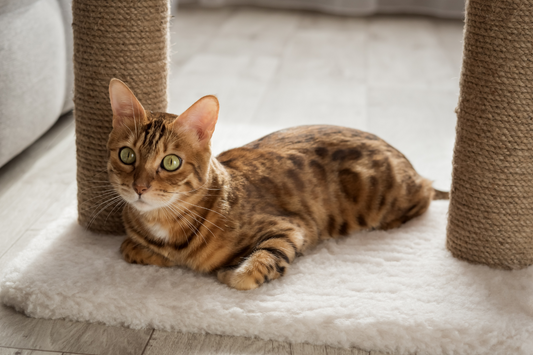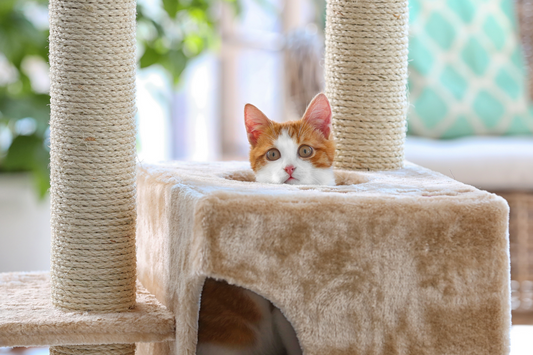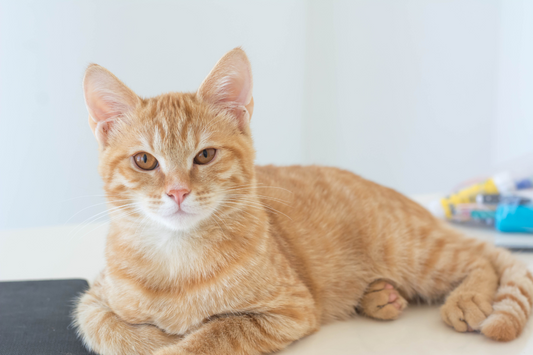
Cats are adorable companions, but it can be frustrating when their natural scratching instinct targets your favorite couch or expensive rug. The good news? Redirecting this behavior is completely possible—and surprisingly simple—with the right strategies. If you’re wondering how to redirect scratching behavior from furniture to scratchers, this guide offers expert-backed advice, practical solutions, and tools that truly work.
Why Cats Scratch Furniture
Before correcting the behavior, it's essential to understand why your cat scratches:
1. Scent marking: Cats have scent glands in their paws. Scratching is their way of claiming territory.
2. Nail maintenance: Scratching helps shed dead outer claw layers and keeps their nails sharp.
3. Stretching and exercise: Scratching stretches muscles and keeps cats limber.
4. Stress relief: Like humans fidgeting, scratching is often triggered by boredom or anxiety.
Knowing this, your goal isn’t to stop scratching altogether—it’s to offer a more acceptable alternative.
Choosing the Right Scratcher for Your Cat
Not all scratchers are created equal. To successfully redirect your cat’s behavior, you’ll need a scratcher that is appealing to your furniture.
Vertical vs. Horizontal Scratchers
Some cats love to stretch up and scratch, while others prefer scratching across flat surfaces. Try offering both vertical posts and horizontal pads to discover your cat’s preference.
Material Matters
Popular scratching materials include:
Sisal rope or fabric: Durable and textured, closely mimics tree bark.
Corrugated cardboard: Budget-friendly and loved by many cats.
Carpet: Similar to home carpeting but can confuse cats if used interchangeably.
If your cat is already attracted to certain textures (like the arms of your couch), choose scratchers made of similar but acceptable materials.
Sturdiness is Key
Wobbly scratchers can be a turn-off. Ensure it’s tall or long enough for a full-body stretch and firmly anchored.
Right Placement of Cat Scratcher
Even the best scratcher will be ignored if placed in the wrong spot.
Place It Where the Scratching Happens
Put the scratcher directly next to the furniture your cat is targeting. Once your cat reliably uses the scratcher, you can slowly move it to a more preferred location.
Use Multiple Scratchers
If you have a large home or multiple cats, offer a variety of scratchers in different rooms, especially in sleeping and lounging areas where cats naturally stretch and scratch upon waking.
Create a Cat-Friendly Zone
Design a corner or area in your home as a scratching zone with a combination of posts, pads, and toys.
Using Catnip, Silvervine, or Pheromone Sprays
Encouragement goes a long way when retraining behavior. Here’s how to make scratchers irresistible:
Catnip Magic
Sprinkle dried catnip or use catnip spray directly on the scratcher to entice your cat. Most cats respond positively with rubbing, rolling, and scratching.
Silvervine and Valerian
If your cat doesn’t react to catnip, try silvervine or valerian. These herbs can be even more enticing for some felines.
Feliway or Calming Sprays
Use calming pheromone sprays on furniture you want to protect (not the scratcher) to reduce stress-based scratching and repel your cat from undesired areas.
Mistakes to Avoid When Redirecting Behavior
Correcting scratching behavior takes consistency and patience. Avoid these common missteps:
1. Punishing Your Cat
Yelling, spraying water, or physical correction can make your cat fearful and stress scratching worse. Focus on positive reinforcement instead.
2. Not Providing an Appealing Alternative
A poor-quality or inappropriate scratcher won’t solve the problem. If your cat ignores it, consider changing the style, texture, or location.
3. Removing All Furniture Protection Too Soon
If you’re using furniture covers or deterrent tapes, don’t remove them right after introducing the scratcher. Wait until your cat consistently uses the scratcher.
4. Inconsistency
If your cat scratches the couch once and you ignore it, the behavior might stick. Be consistent with redirection and rewards.
My Take
Learning how to redirect scratching behavior from furniture to scratchers is a valuable skill for any cat parent. By understanding your cat’s instincts, offering the right scratchers, and using positive reinforcement tools, you can protect your furniture without punishing your pet.
Every cat is different, so don’t get discouraged if it takes time. With a little patience and the right setup, you’ll find that your cat happily chooses their scratcher over your sofa, making both of you much happier at home.











